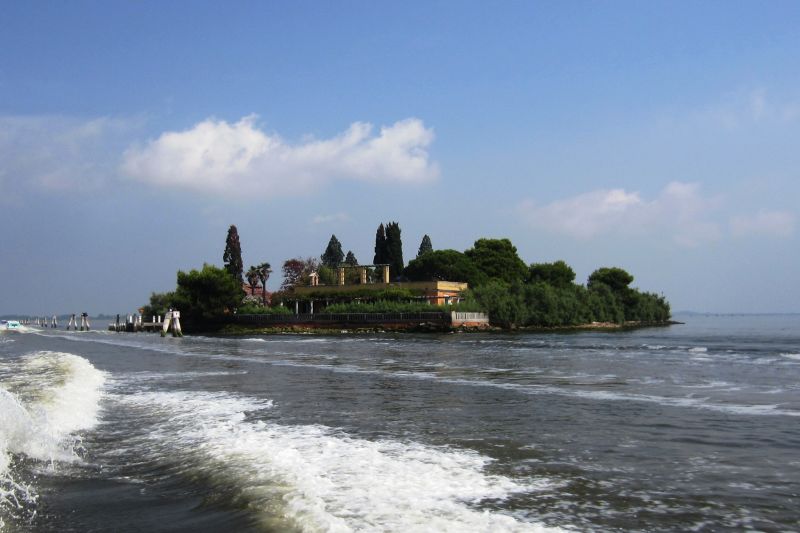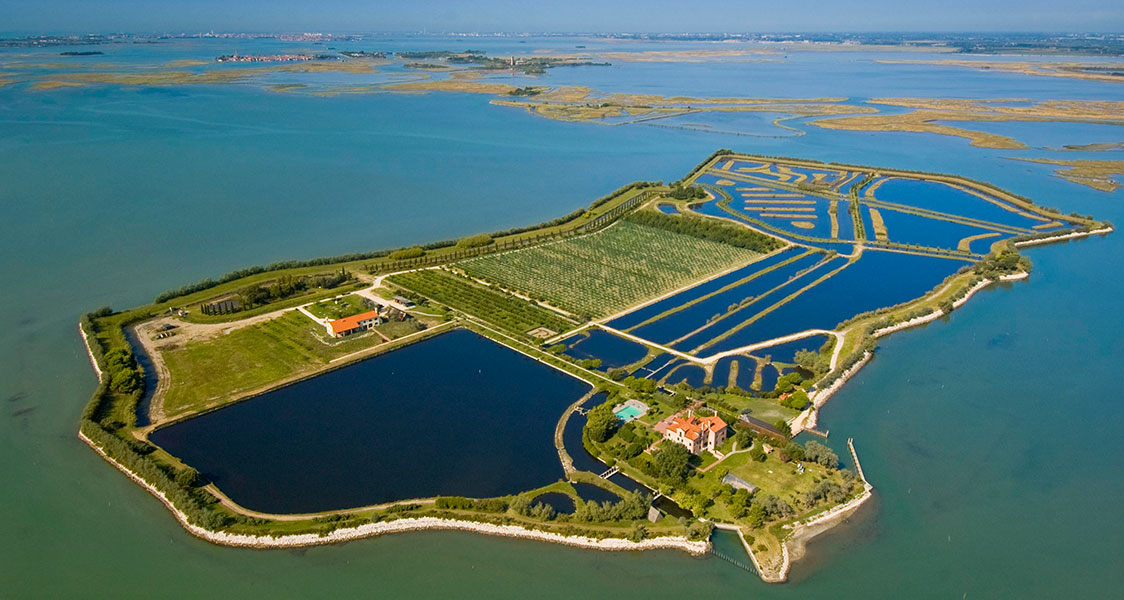Bahrain is a large state in the Persian Gulf, which consists of more than 80 islands. Most of them are of natural origin, but there are also those that were created artificially.
One of the islands is Al-Saya, in the middle of which there is a source of fresh water. In early January 2022, Professor Robert Carter and his colleagues began archaeological excavations on this small piece of land.
Al Sayya
Until now, it was believed that the island was created by nature, but the results of the excavations showed that representatives of the early Islamic era created it with their own hands.
Approximately 1200 years ago, Al-Saya Island played the role of a station for providing people with drinking water. In particular, ancient pearl miners actively used the source. Archaeologists managed to figure out how the locals built an artificial piece of land.

Al-Saya Island turned out to be artificial and very ancient
Al-Saya Island is located off the coast of the city of Muharraq, which is considered the second largest in Bahrain.
As a result of archaeological work that began in January, evidence was found that more than a thousand years ago this place played the role of an artificial source of fresh water.
How were artificial islands created in antiquity?
To create an artificial island, the locals first built a reservoir and filled it with water that comes from the rocky seabed. A circle 20 meters wide subsequently formed around the reservoir – people had to move quite a lot of earth.
Subsequently, by adding even more earth and sand, the width of the island increased to 40 meters. Also, on the southern and eastern sides of the island, straight platforms were built, from which a pier was formed.
Ultimately, the ancient inhabitants of present-day Bahrain managed to create an island 60 meters long and 40 meters wide. According to researchers, due to its presence, a lot of pearls were mined in Bahrain at one time – this is hinted at by the abundance of pearl mollusk shells.
The source of fresh water could be used for recreation by people who dived to great depths in search of pearls. They got to the island by boat, and the pier mentioned above served as the place of arrival.
At the moment, the island of Al-Saya is not as large as it used to be – part of the land slowly went under water over time. Until now, it was believed that the state of Bahrain consists of 51 natural and 33 artificial islands.

But now, the island of Al-Saya, which was considered natural, will clearly become artificial. Thanks to a new discovery, scientists now have at least some idea of how artificial islands were created in antiquity.
Only now it is not completely clear how the builders transported earth and sand. Boats must have been used for this. It is possible that people used bottom soil.
The oldest artificial islands
It is worth noting that the island of Al-Saya is far from the most ancient artificial island. It is notable except for the fact that it is quite large in comparison with even more ancient artificial patches of land.
The first man-made islands appeared in Scotland and Ireland around the 17th and 18th centuries. They were called crannogs and were used to protect against robbers – the houses placed on these platforms could only be reached through the bridge.
a long time, Ilene Donnell, who was built between 3650 and 2500 BC, was considered the oldest crannog in the world.
The oldest artificial islands
At the moment, in Scotland and Ireland, you can find more than 1,500 so-called crannogs – small artificial islands of the 17th-18th centuries, which were built on rivers and lakes.
Ilene Donnell, built between 3650 and 2500 BC, is still considered the oldest existing crannog, but it turned out that there are older artificial islands in the world.
They are located in the bays of Loch Worgastal and Loch Langawat, and they were discovered thanks to ceramic pots.
As a rule, artificial islands were created in shallow water and were wooden platforms or ridges made of logs, earth and stones.
On these structures, the ancient inhabitants of Scotland and Ireland erected houses that could only be reached through stone or wooden bridges stretched from the shore.
Researchers believe that artificial islands were intended to protect against robbers.
The search for artificial islands
The first signs of artificial islands older than Ilene Donnell were discovered in 2012 by former Royal Navy submariner Chris Murray.
During one of the dives near a small uninhabited archipelago, he found ceramic pots from the early or middle Neolithic – the inhabitants of those times were actively building crannogs.
World’s oldest crannogs found
As a result, they managed to open a new artificial island in Loch Worgastal Bay – its dimensions were 22 by 26 meters. The second find was made in Loch Langawat Bay – an island measuring 19 by 17 meters was built on a cliff protruding from the water.
For the construction, stones weighing up to 250 kilograms and logs were used, but the latter have not survived to our times. Next to the structures, archaeologists found clay pots that hinted that the islands were built before Stonehenge, in 3640 BC.
Ancient structures are found in completely different parts of our planet. For example, recently archaeologists managed to unearth one of the most ancient Egyptian fortresses, which was subjected to a devastating siege.
